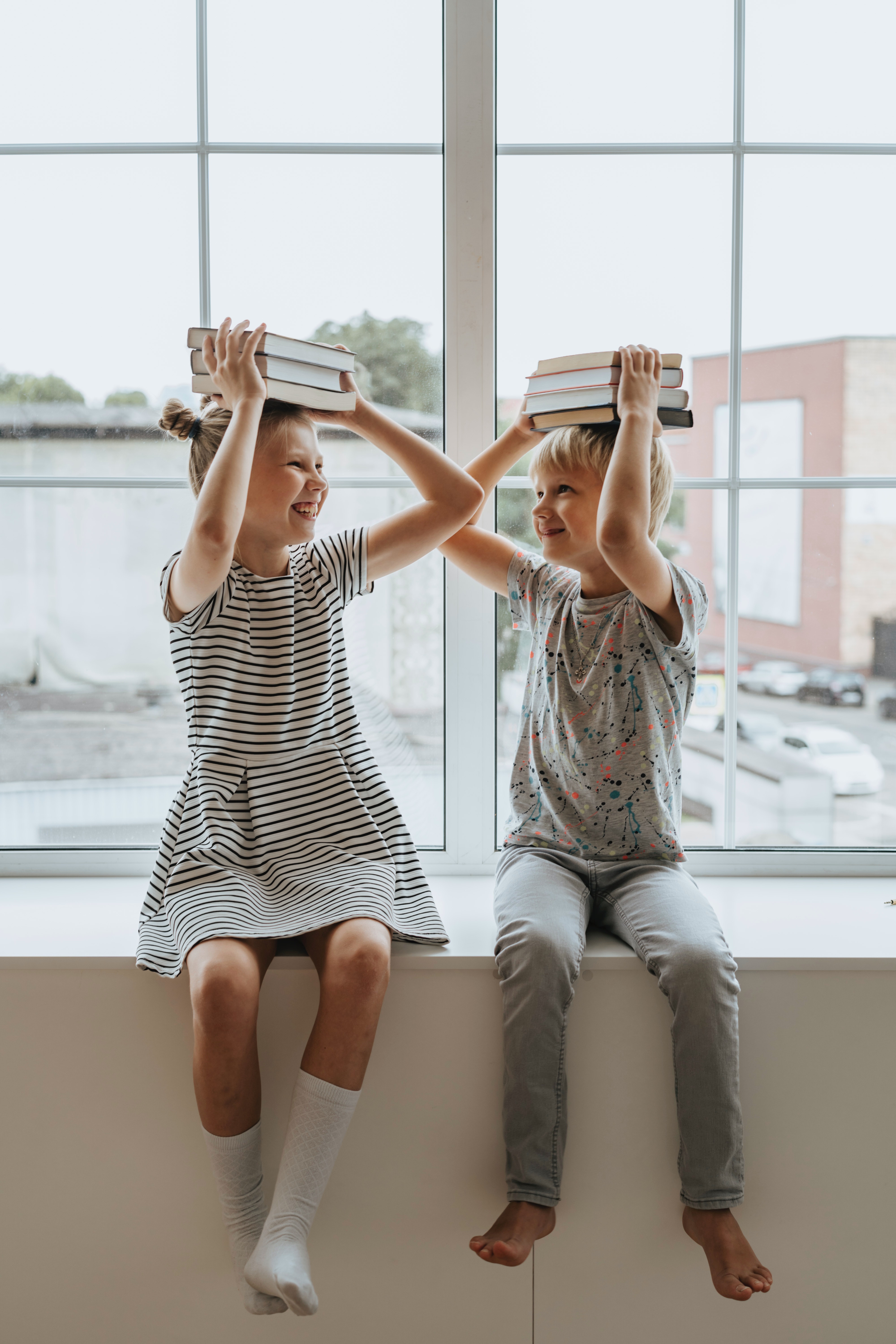Introduction:
Teaching is often viewed as a one-way street, where the teacher imparts knowledge to the students. However, a paradigm shift is occurring in education, recognizing that the process of teaching and learning is far from unilateral. In fact, educators stand to gain just as much from their students as they impart to them. This reciprocal exchange of knowledge, experiences, and perspectives not only enhances the learning environment but also enriches the teaching process itself. In this blog, we’ll explore the importance of learning from students while teaching and how it can lead to a more dynamic and effective educational experience.
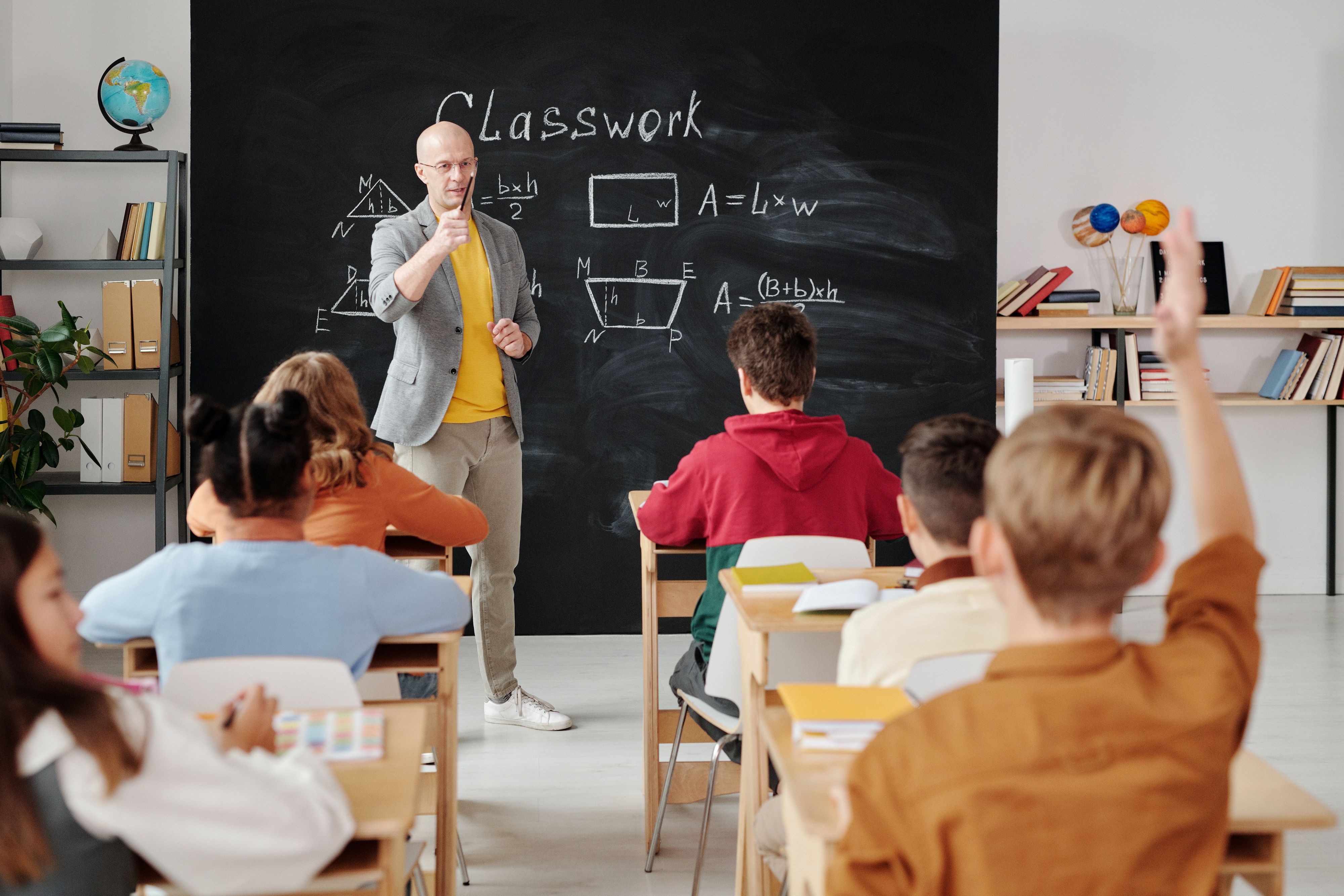
A Two-Way Street:
Traditional teaching models have often placed the teacher in a position of authority and expertise, with students as passive recipients of knowledge. However, this model fails to acknowledge the diverse perspectives, unique experiences, and fresh insights that students bring to the classroom. Embracing the concept of learning from students transforms the classroom into a vibrant space where knowledge flows freely in both directions.
1. Cultivating a Dynamic Learning Environment:
When teachers are open to learning from their students, the classroom becomes a hub of dynamic exchange. Students are more likely to engage actively in discussions and share their thoughts when they feel their contributions are valued. This creates an atmosphere of inclusivity and encourages deeper exploration of the subject matter.
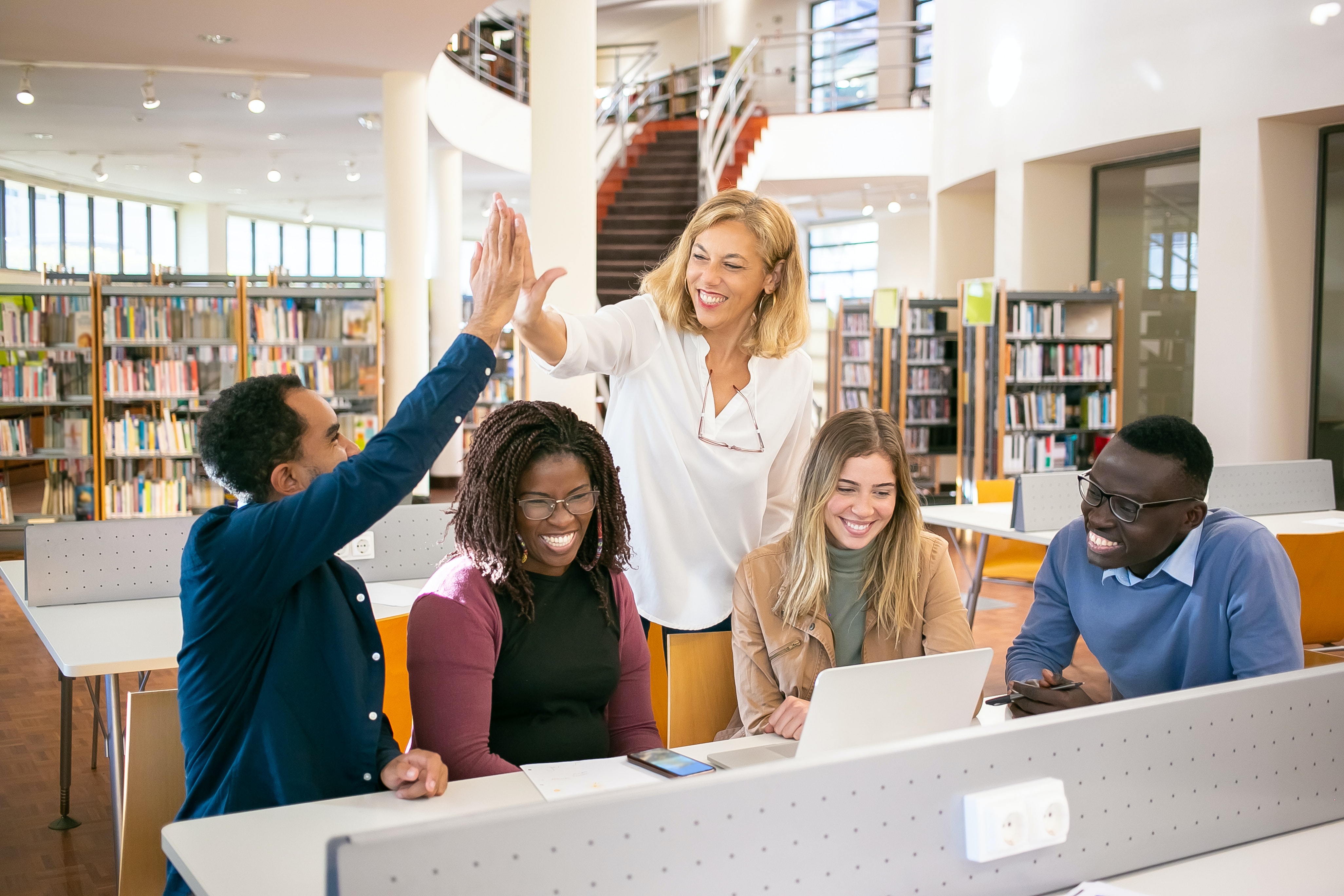
2. Bridging the Generation Gap:
Teachers and students often come from different generations, each with their own set of experiences and cultural influences. Learning from students allows educators to bridge this generation gap and gain insights into the perspectives of today’s youth. This can lead to the development of more relevant and relatable teaching methods and content.
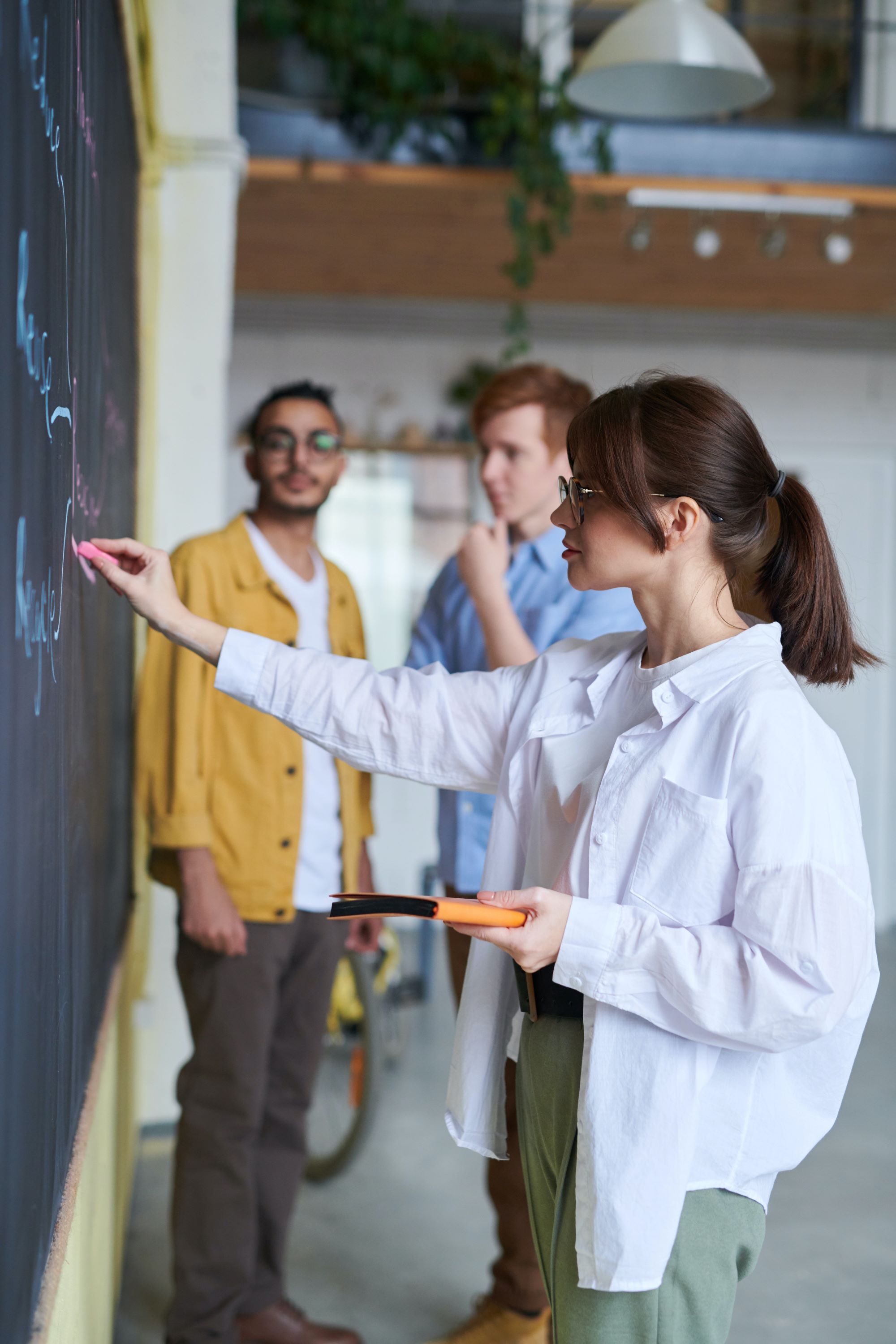
3. Keeping Up with Current Trends:
The world is evolving at an unprecedented pace, driven by technological advancements and cultural shifts. Students are often at the forefront of these changes, adopting new technologies and embracing emerging trends. Engaging with students allows educators to stay informed about the latest developments and incorporate them into their teaching practices, keeping the curriculum fresh and up-to-date.
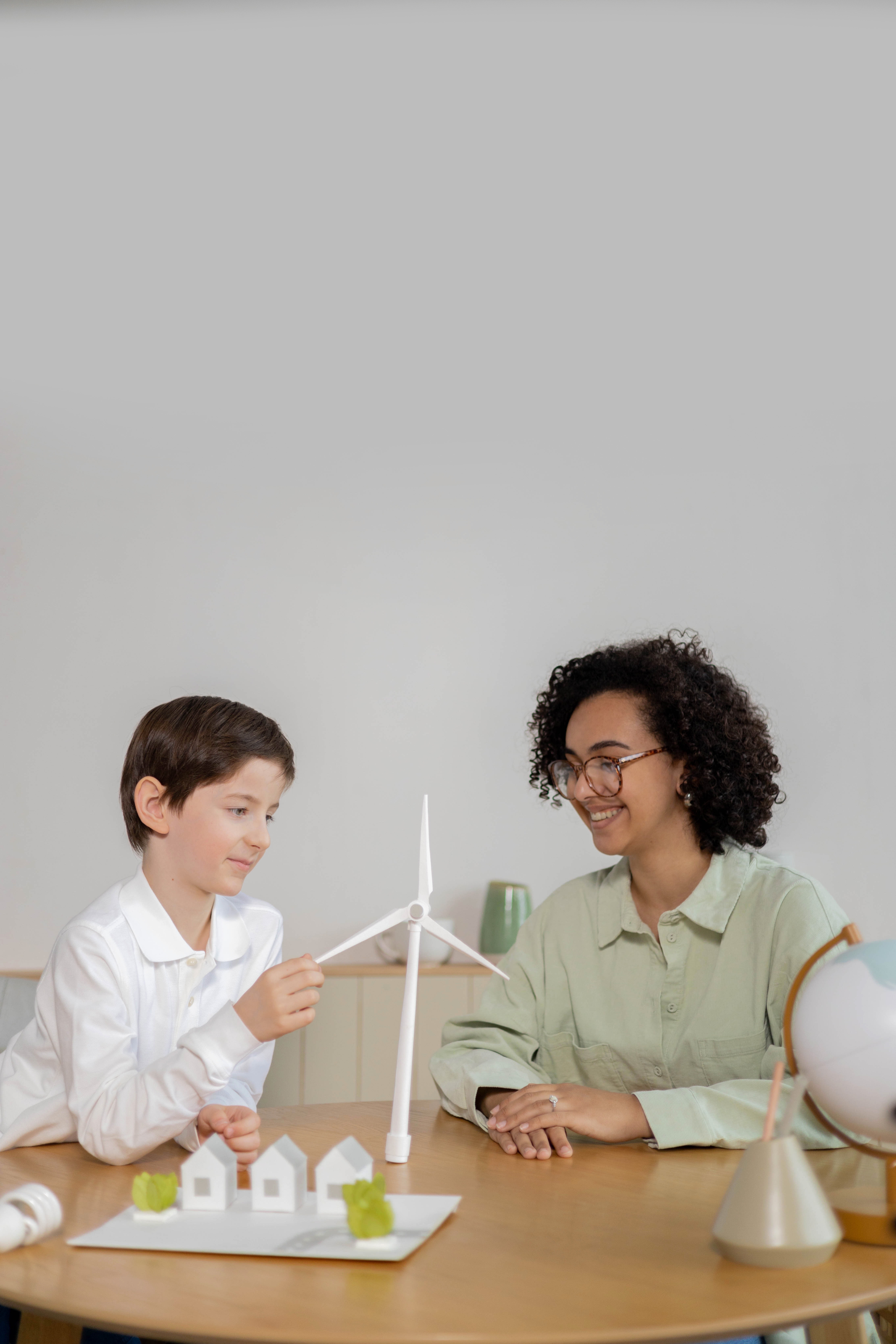
4. Fostering a Growth Mindset:
By demonstrating a willingness to learn from their students, teachers model a growth mindset—an essential trait for lifelong learning. This mindset encourages students to embrace challenges, learn from failures, and continuously seek self-improvement. When teachers exemplify this attitude, students are more likely to adopt it themselves.

5. Personalized Learning:
Every student is unique, with individual strengths, weaknesses, and learning styles. By learning from their students, educators can gain valuable insights into these differences and tailor their teaching methods accordingly. This leads to a more personalized and effective learning experience for each student.
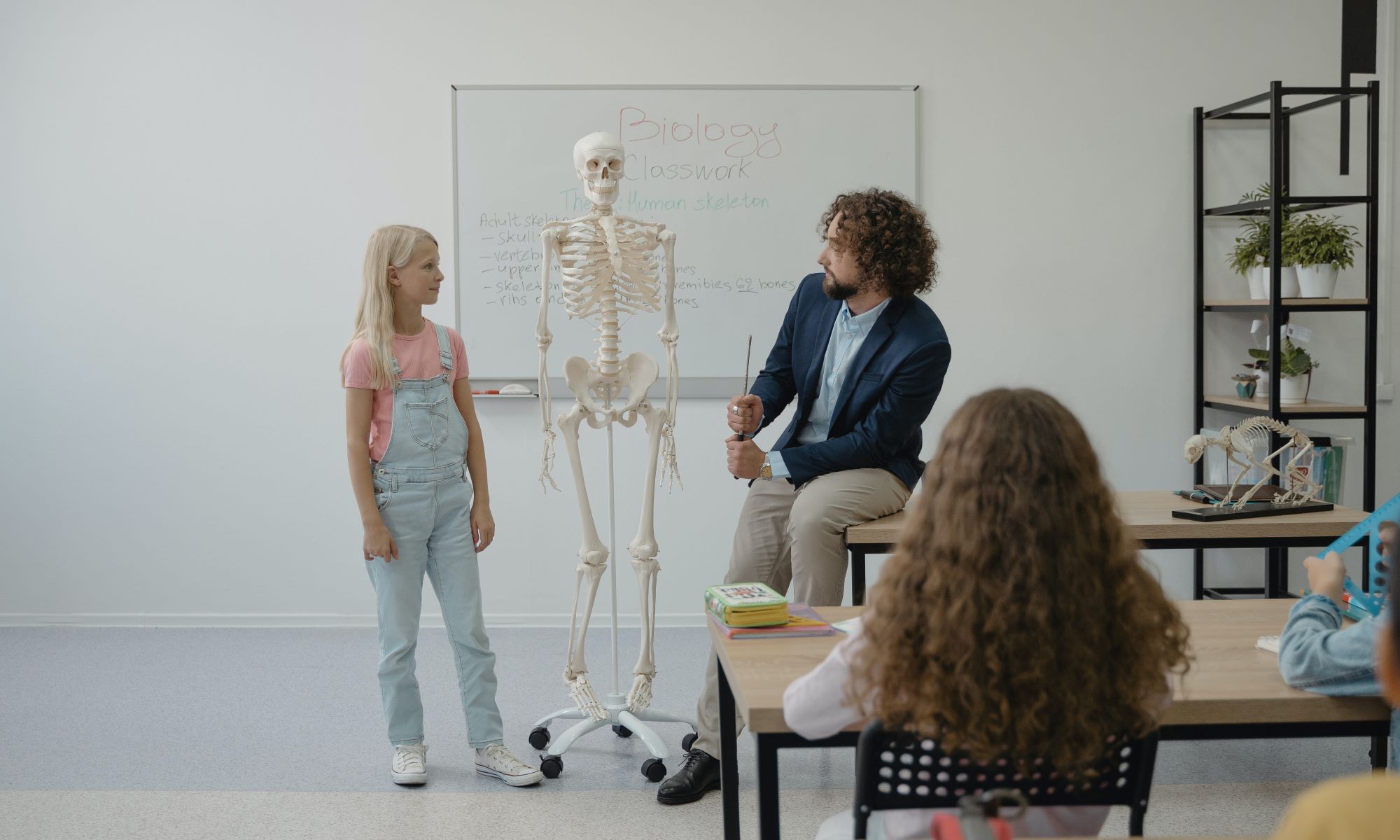
6. Encouraging Critical Thinking:
Engaging with students in open discussions and debates fosters critical thinking skills. When teachers are receptive to learning from their students, it encourages a culture of questioning and intellectual curiosity. This, in turn, empowers students to think critically and articulate their ideas effectively.
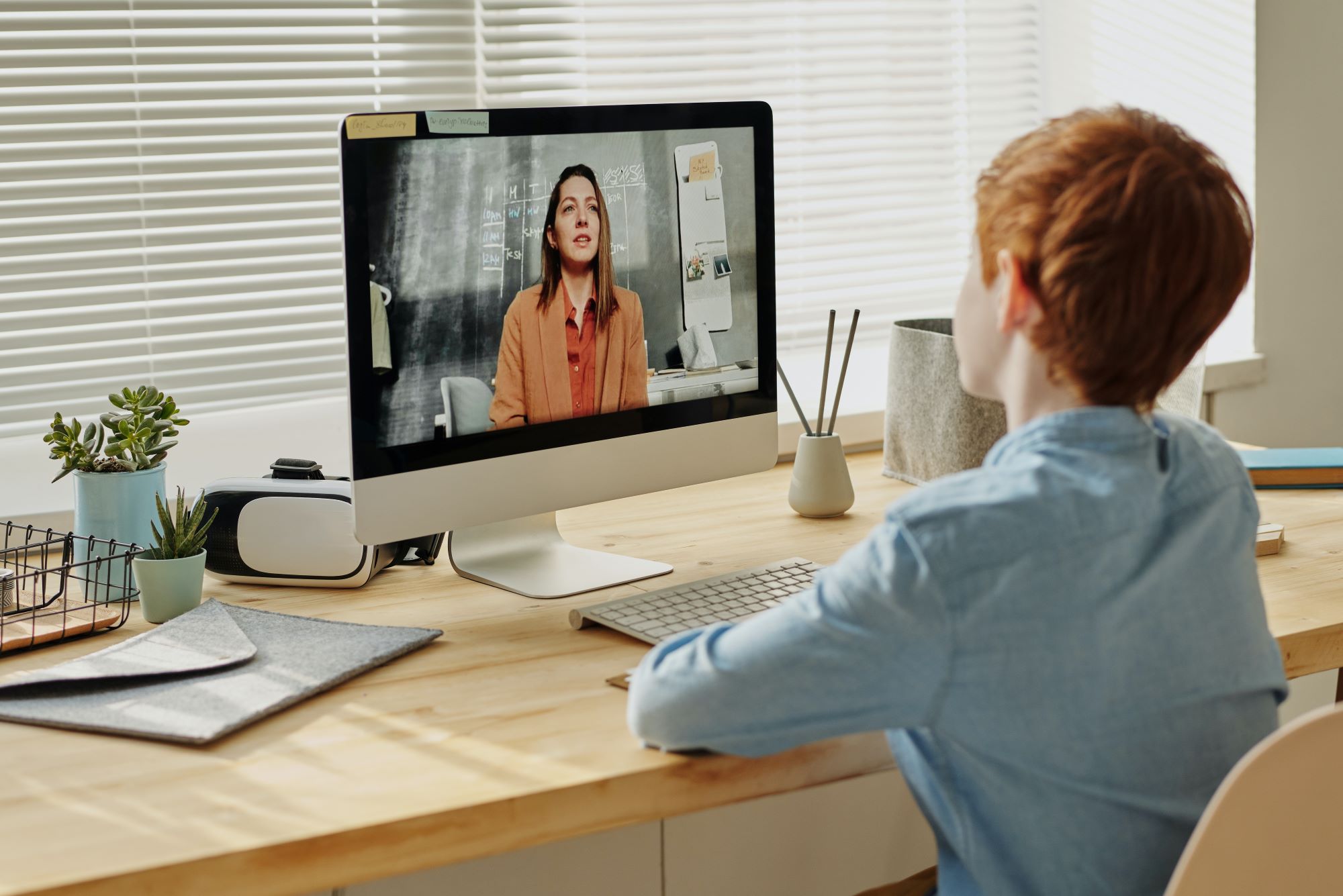
Conclusion:
Incorporating the concept of learning from students while teaching transforms the traditional teacher-student dynamic into a collaborative and empowering relationship. Educators who embrace this approach create an environment where knowledge is shared freely, perspectives are valued, and personal growth is celebrated. As we move forward in the realm of education, let us recognize that the journey of learning is a shared one, where both teachers and students are co-travelers on a path of mutual enrichment.

